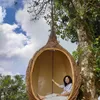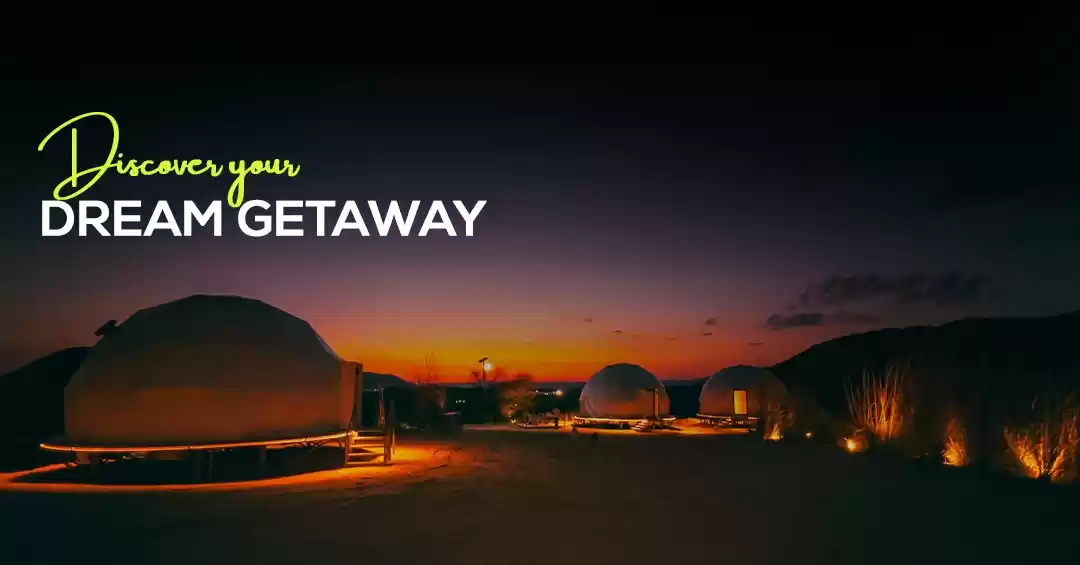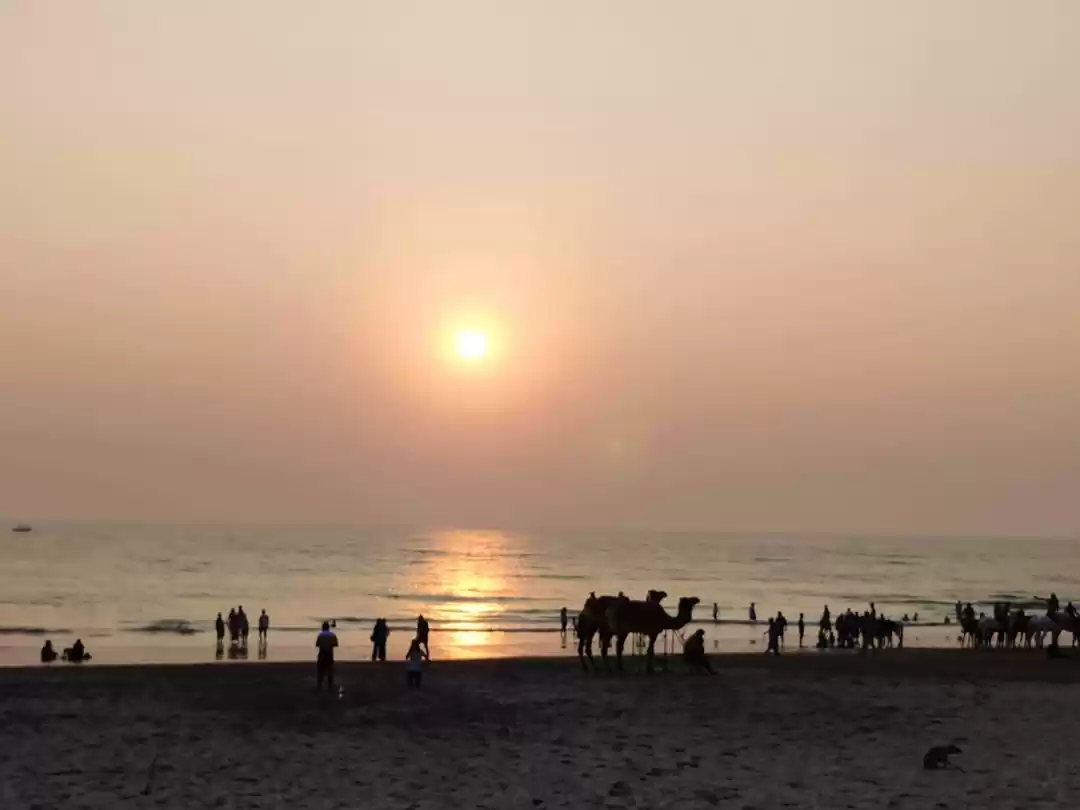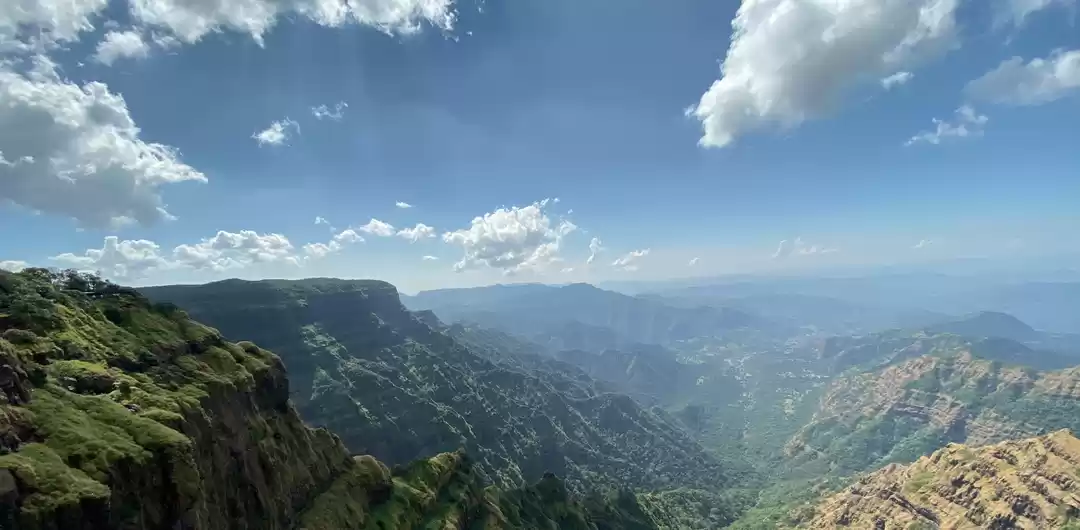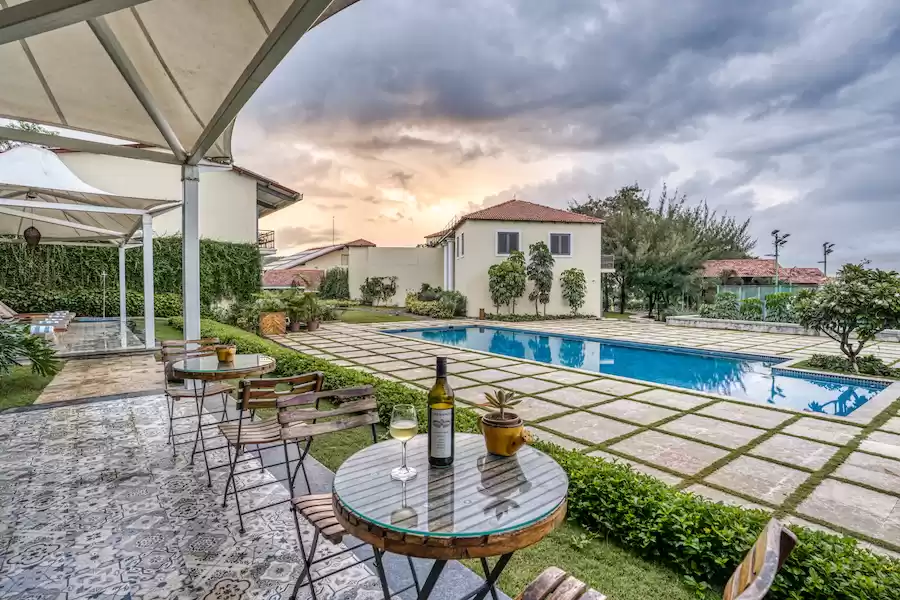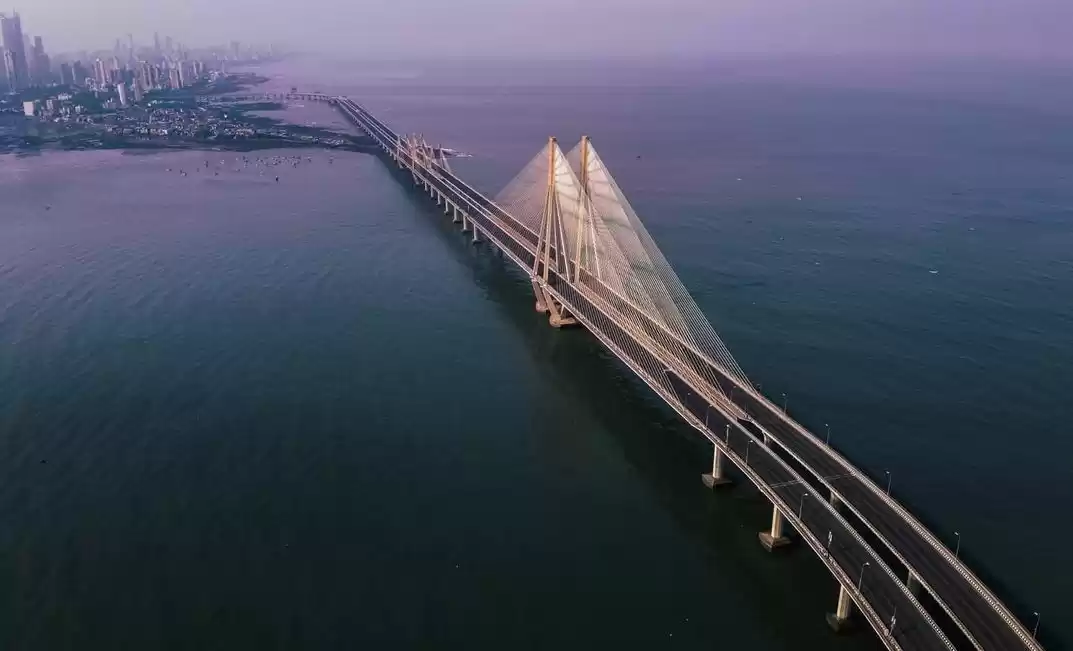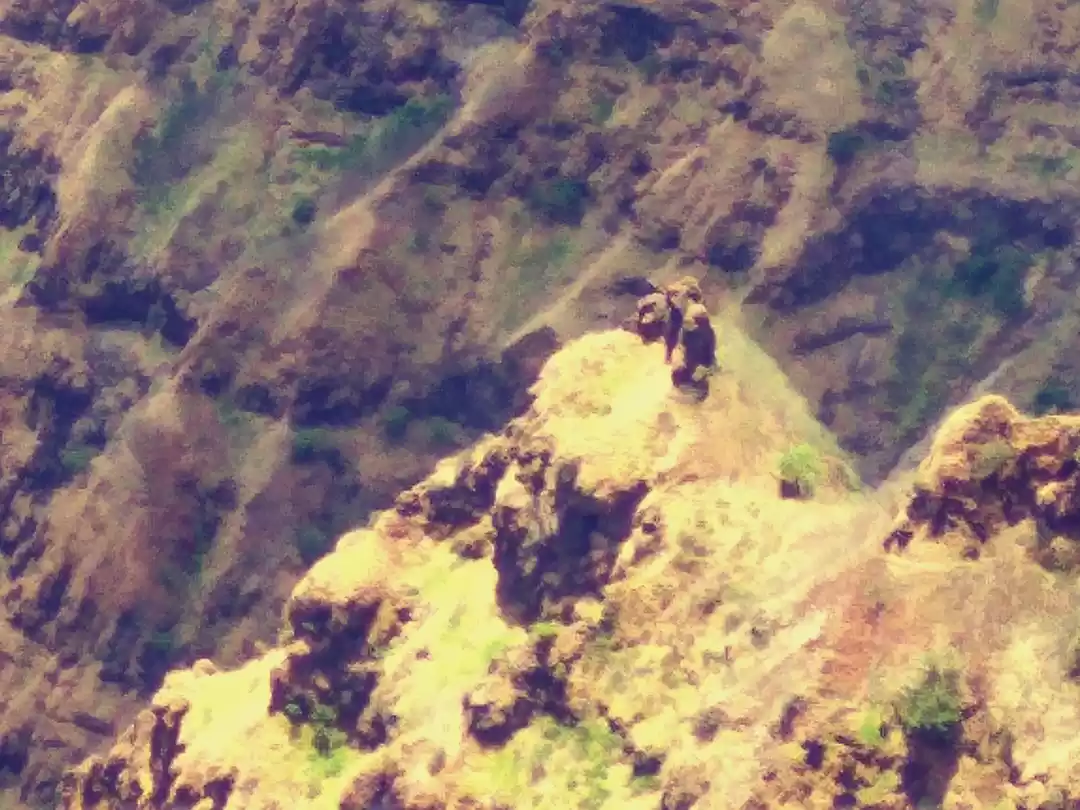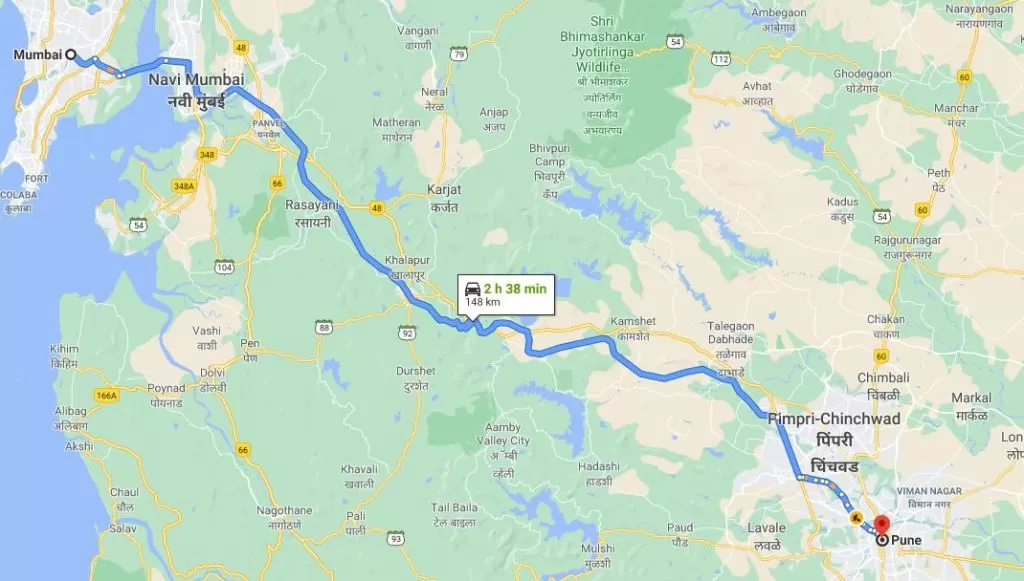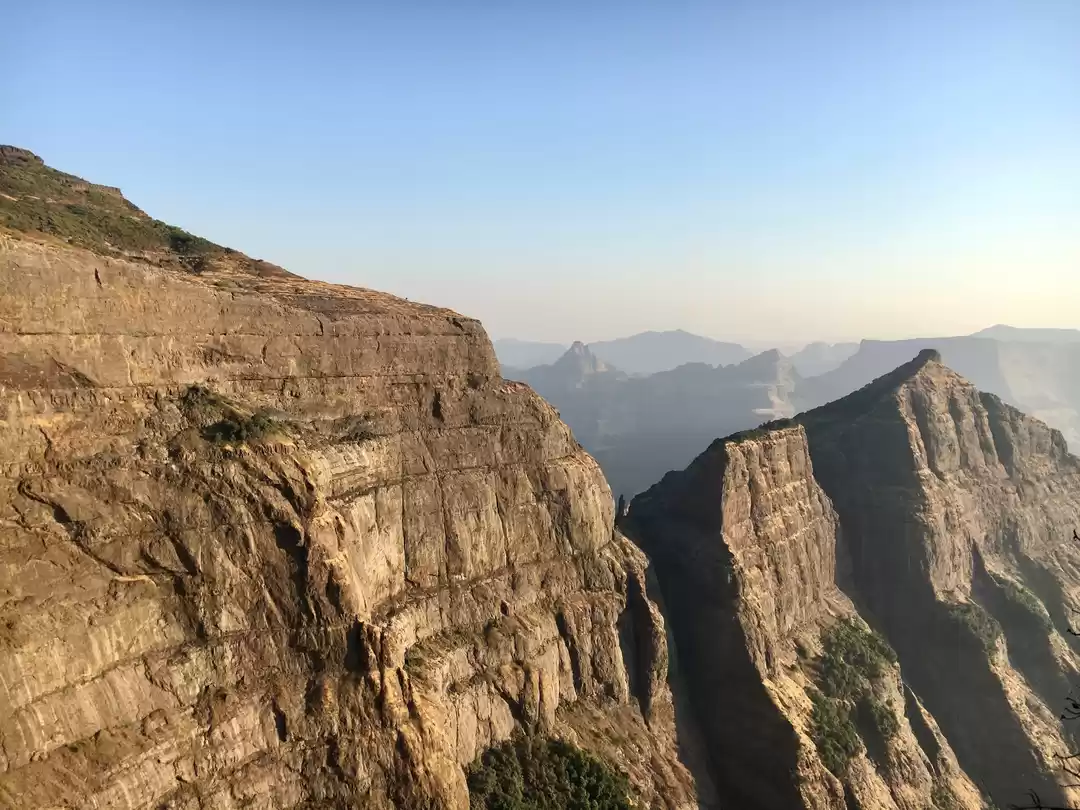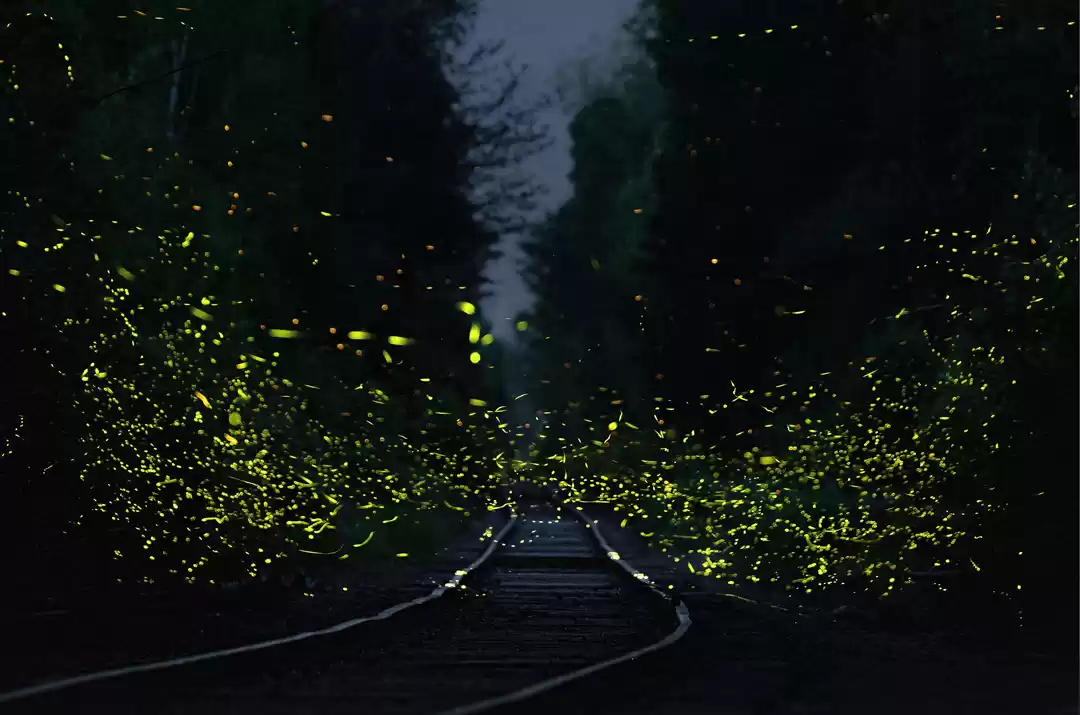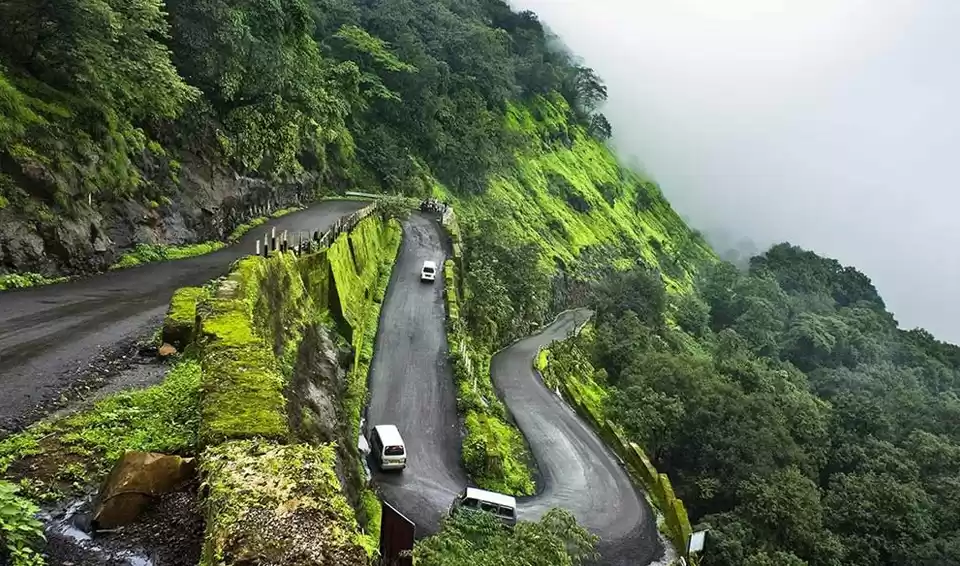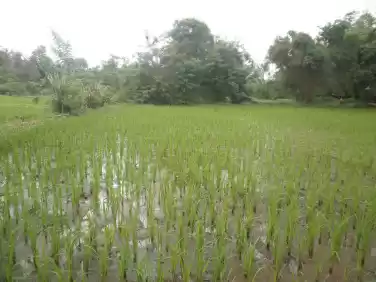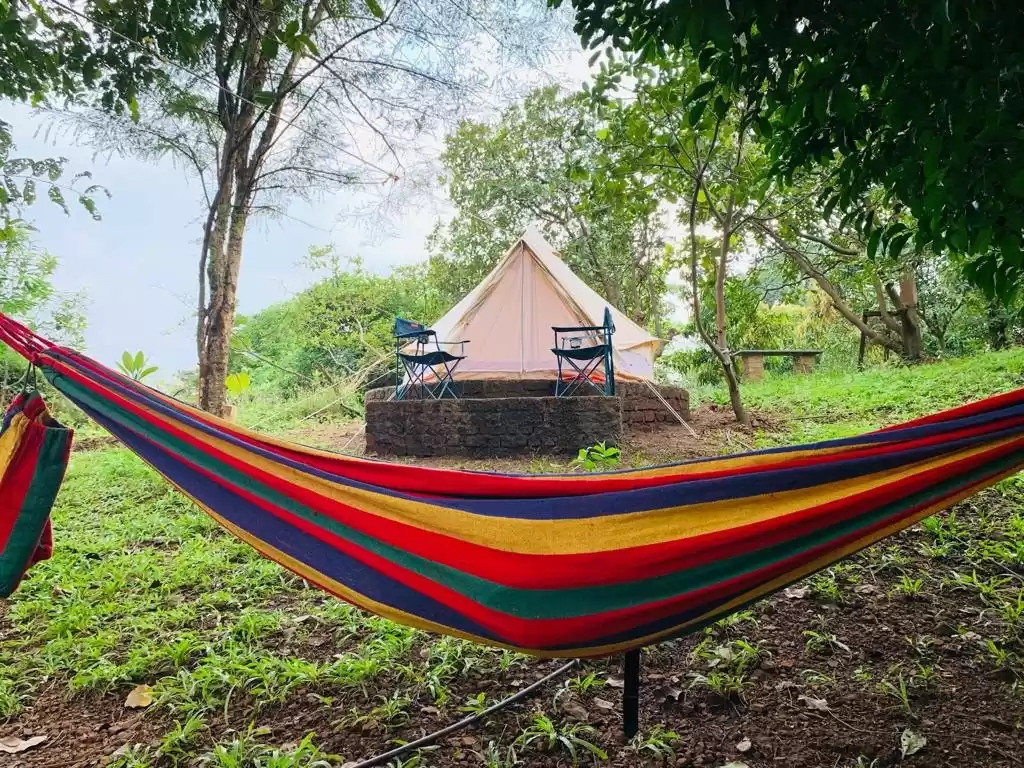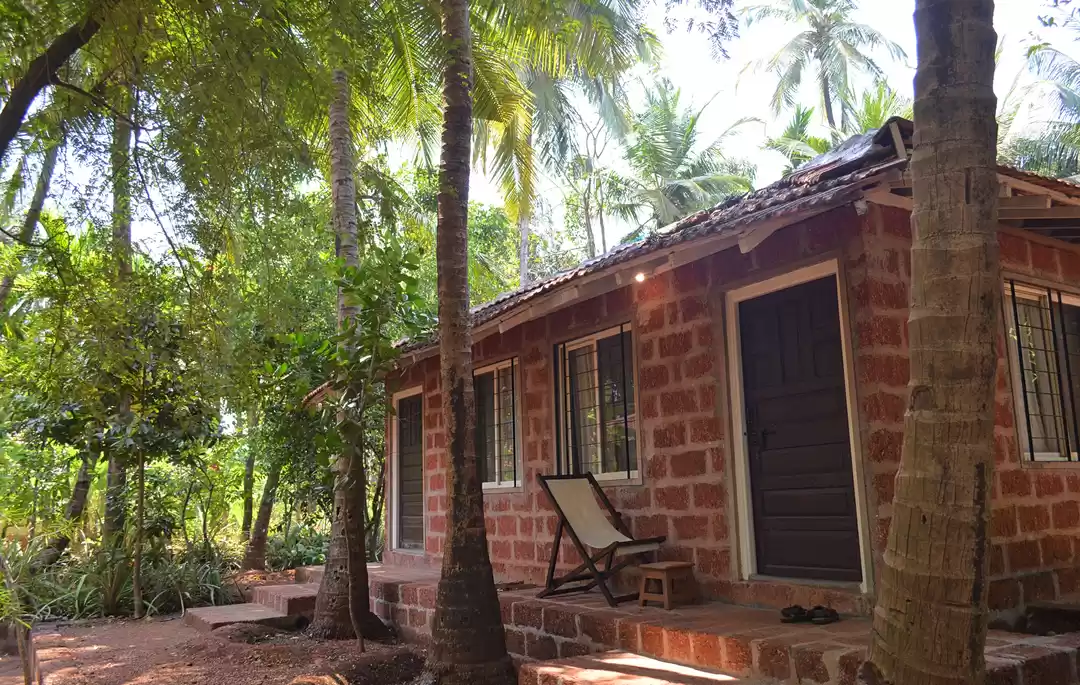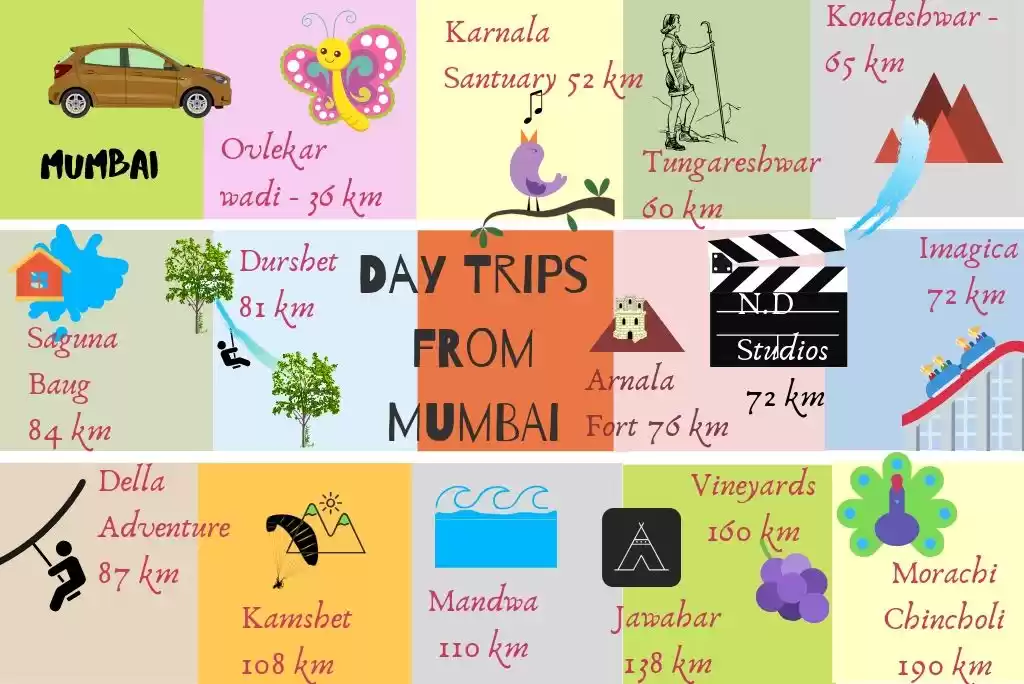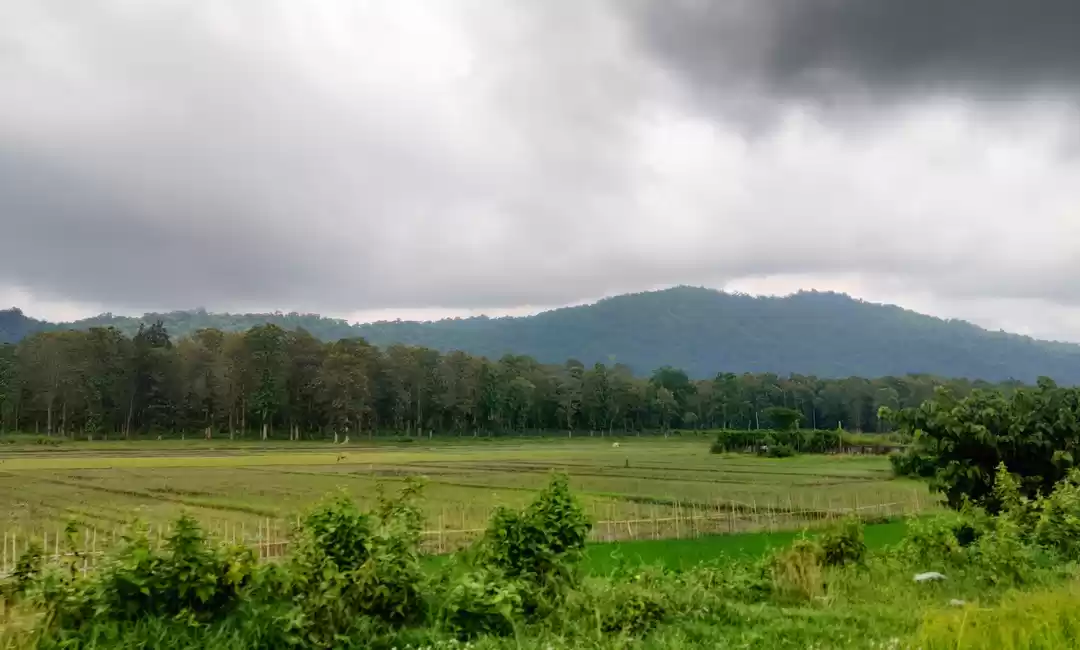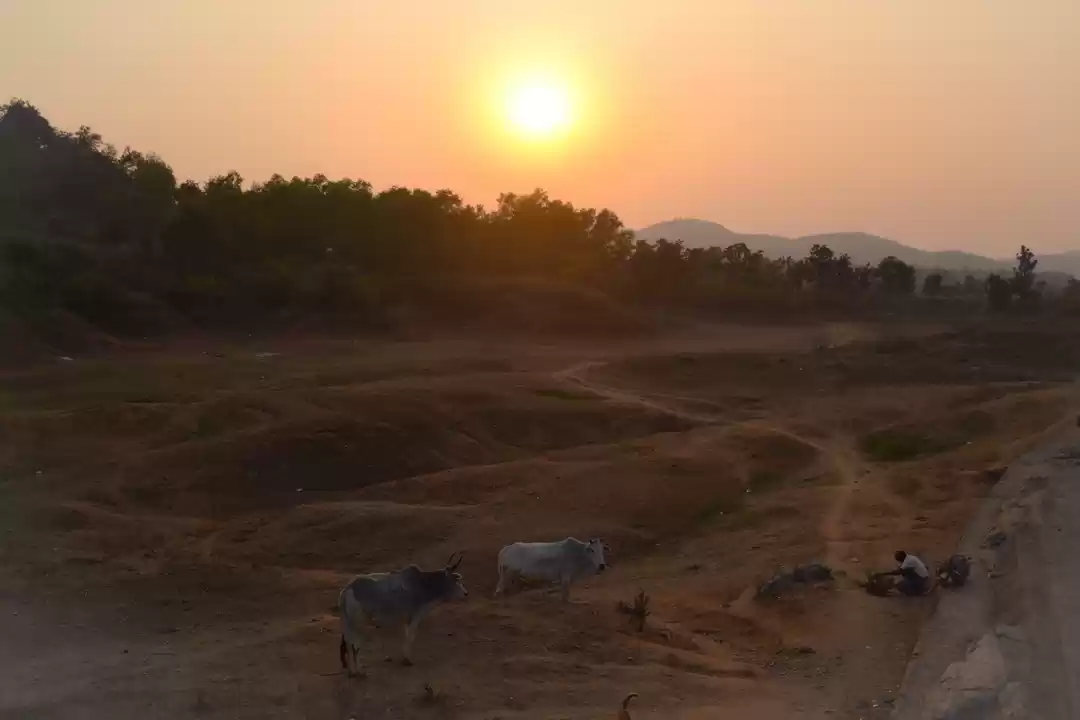
Amidst the hustle and bustle of Mumbai, the life in a village on the outskirts of the city seems somewhat like a long forgotten or a distant thing for most of the city populace. This lack of familiarity with village life and rural lifestyle also breeds the lack of appreciation for the farmers, who toil to produce our food grains and lack of recognition of their contribution in the country's economy.
The concept of agro-tourism evolved out of the need to bridge this gap between the urban and rural communities of farmers.
Recently, when I visited Saguna Baug, an agro-tourism farm and resort at Neral, I realized how little we know about our villages and how important it is for us (urban people) to be closer to the rural community.

Located at Neral, about 77 km from Mumbai and about 120 km from Pune, Saguna Baug is a little over 2 hours drive from Mumbai. Starting at 7 AM on a Saturday morning, we drove down the Bengaluru Mumbai Highway to Saguna Baug and reached the farm at around 9.15 AM.
At the farm, we had the opportunity to meet and listen to Mr Shekhar Bhadsavle, the entrepreneur farmer who initiated the concept of agrotourism at a time when the term was relatively unknown in India.
Shekhar Bhadsavle - The farming entrepreneur founder of Saguna Baug
A long-term advocate for farming, Shekhar Bhadsavle strongly believes that the participation of more people, particularly the youth in agriculture is linked with sustainable growth and development of the country.

Leaving behind his lucrative corporate job in the US in 1975, Mr Bhadsavle came back to Neral, where he developed his ancestral land into a farm and a farm stay. Inspired by the ideals of his father Harikaka Bahdasavale, who was a freedom fighter, he wanted to revive the pride in farming as a vocation and uplift the lives of the native people.
By setting an example of how a farmer can live a dignified life in rural India, Mr Bhadsavle has made it his mission to restore the dignity in farming. Deploying the Saguna Rice Technique for sustainable farming, Bhadsavle (referred to as Dada by the people in the farm) has helped over 3000 others farmers earn a decent living from their farms.
You can find the post on SRT ( Saguna RiceTechnique ) in the post This Eco-friendly farming Method is making happy farmers.
Join me here for a virtual tour of Saguna Baug.
Tour of Saguna Baug
By the time we reach, there are already some groups of visitors in the farm, including families and college groups too.
Right at the entrance of the farm is the house where Mr Bhadsavle lives with his family. We meet him right outside his house and with him, we go towards the farm.


The first thing that catches my attention is a pair of colourful bullock cart. Mr Bhadsavle tells us that sometimes these carts are used by the visitors to go around the 50 acres of farmland. I am instantly reminded of the bullock cart scenes from old Black and white Hindi movies of the 60s.
Bhadsavle Dada whistles to one of his farm boys and asks him to bring some flowers. As we sniff the small white flowers, the sweet fragrance appears all too familiar. We get to know that the Bakul (Spanish cherry) flower is used to produce hair oil.

Brimming with enthusiasm Dada takes us to a farm, where he quickly plucks two beans and asks us to taste those. Never in my life, have I had such sweet beans. The increase in carbon content in the soil results in the sweetness of the produce, he tells us.
An agricultural scientist is at the farm, conducting an experiment along for protecting the crops from damage due to seawater penetration in the fields in coastal areas. Saline conditions have been simulated in a part of the farm.
We get introduced to her and we all proceed towards the breakfast area. I spot a beautiful sculpture of resting Ganpati beside the breakfast area. Dada joins us for breakfast of freshly cooked idli sambhar and poha with Kokam serbet.


"Dada has transformed this barren land into the green haven that we see today. He has changed people's outlook towards farming. In fact, he has made farming look sexy," remarks the scientist.
Activities at Saguna Baug
I see a board listing out the activities at the farm. There is a varied range of activities from Segway ride, to kayaking, flying fox zip line, rope climbing, horse riding, farm tours to swimming, boating, to star gazing at night.
Dada suggests that we take a guided tour of the farm. Our guide Deepak is a local villager. He takes us to a person standing at a corner with a mesh of honey bees to give the demonstration of apiculture. Apiculture is the process of tending honey bees to collect their honey. His happiness palpable, he tells us with great interest about the colony of honey bees.


After seeing the bees, we walk through the green fields, observing the flora and fauna on the way. At one place, I see a rabbit house. Our guide Deepak stops at places to show us water lilies or to familiarize us with different plants and herbs. We see an insulin plant, Indian bay leaves and cinnamon tree, cashew plant, travellers palm, a bottle brush, bitter gourd etc. On the bank of a quiet little pond, there is a mud house, which is booked by the tourists for accommodation. All for the feel of a real village experience!



At one place there are many butterflies. Deepak tells us that the lifespan of a butterfly is fifteen days. The green canopy of trees, six large ponds inside the farm and the rivers flowing beside the farm keeps the heat bearable.
In the middle of a pond, we see a pond house. This is supposed to be the most popular stay facility at Saguna Baug. Needless to say that views from the rooms are simply amazing. Besides, the mud house and the pond house, there are other cottages and dormitories too.
Guests who stay overnight can enjoy gazing at the stars through a telescope, a thing of rarity in the polluted atmosphere of Mumbai. They can even spot a variety of birds at different times of the day. O yes, I just forgot to mention the Emu farm, where one can hang out with Australia's national bird.



We sit at a place to have refreshing kokum sherbet and proceed to see a Mallakhamb performance by a group of village boys. Mallakhamb is a traditional Indian sport that combines yoga, gymnastics and wrestling grips. It is a game of power and perfect balance, which is very tough to master. We realize how adept the boys are as they perform aerial yoga postures on a wooden pole.


The recognition and rewards from the spectators keep the boys motivated to practice the sport.
After enjoying the performance, we walk towards a nearby pond, where we see a demonstration of Drag Net fishing.


After a meeting with Dada during which he briefs us on the Saguna Rice Technique, we break for lunch. At lunch, we meet Mrs Bhadsavle and their daughter-in-law. Cooked with the farm proceeds, the lunch tastes delicious. My husband has a Tilapia fish, which he says is the freshest he had in a long time.
It is already half past three. We skip the water buffalo ride and start for our drive back home, feeling grounded, enriched and connected with nature and realizing how these sons and daughters of the soil toil day in and day out to produce what comes into our plates.
I end this post, with a brilliant quote by Wendell Berry, an American philosopher, environmental activist, cultural critic, and a farmer.
"We all are not just consumers of food as a product of the agriculture, but also the participants of the agricultural process."Travel Tips to Saguna Baug
Best seasons to visit the place is during winters. If you wish you stay in the Pond House, you need to book well in advance. Start early to reach by 9 AM, so that you have the whole day to spend at the farm. You can go by road or by train. A train to Karjat can be boarded from Dadar or Kurla stations. Get down at Neral station and take an auto - rickshaw to Saguna Baug. Wear comfortable shoes. Carry an extra set of dress and towels with you if you wish to enjoy buffalo water ride. Plucking fruits and flowers is prohibited but you can always buy farm produce or plants from the nursery. If you go during summers, leave the farm after 5 pm, as the highway is very hot in the late afternoon. Like this post? Pin It Hey! Say what you want to. Please Like, Share and/or drop a Comment below!
Hey! Say what you want to. Please Like, Share and/or drop a Comment below! 
